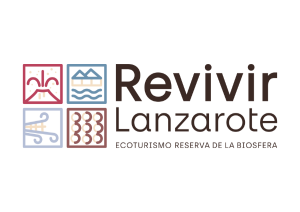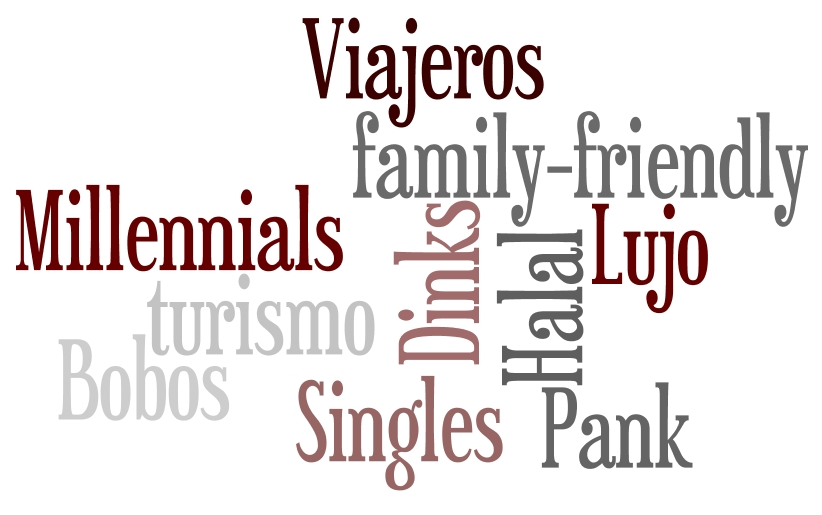When it comes to tourist services, it seems like more and more terms come up each day, when, instead, it should be something easier, directly from the producer to the client. It was simpler before: there were tourists/visitors and the locals. Now, even visitors are divided in groups that complicate our job, which consists on offering them our services while looking after every detail. We have tourists who travel to fashionable places, cultural tourists, ecotourists, individualist tourists, adventurers, tourists who look for comfortable destinations, conventional tourists, tourists looking for relaxing destinations, sport tourists, scientific tourists, business tourists, tourists who go to conferences and conventions, ethnic tourists, religious tourists, gastronomic tourists, shopping tourists, drifters (commonly known as backpackers), et cetera. Apart from these, we also have to deal with new market niches:
Dinks (meaning Double Income, No Kids, that is, working couples without children), women’s groups (travel enthusiasts that wish to known the real lives of the destinations’ women), BoBo´s (for travellers who identify as Bohemian Bourgeoisie), Millennials (the newest generations, who look for immediate and fast experiences), luxury travellers (the VIP class is a different niche altogether), families with children (many establishments are labelled as family-friendly), Singles (new technologies play an important role when it comes to creating specific services and products for this segment), Pank (meaning Professional Aunts, No Kids, that is, working women without children who like to treat their relatives’ children with gifts), single-parent families (one adult with children), Halal tourism (specially made for Muslims so that their travelling experience goes according to their religious beliefs and respects the Islamic law regarding food, spatial organisation, people they can address, the activities they can take part in, etc.) and more.
Due to this, tourism is no longer just about travelling to a place, but to gather experiences, emotions, feelings… Values like proactivity or creativity applied to the services gain importance, especially in a destination with such a large touristic influx as ours. If we have a service business, we must have all the aforementioned concepts in mind and ever more so if we want to be aware of current trends to optimise our resources and stand out from the rest in an effective way. We all want clients to chose our business, our company, to click on our social media profiles and websites, although it gets more difficult every day to get loyal clients. Why? Nowadays, travelling is not just about going to a different place, but to live exclusive experiences and human interaction becomes one of the main tools to make us stand out. Clients are different now, too: they are no longer passive agents, waiting for an offer to be put in front of them; now, they actively take the reins, demanding new services. They go from consumers to prosumers, creating their own experiences with the destination’s operators and managers.
Creative tourism is a trend in which tourists travel around the world to discover new and unknown aspects of a destination and its culture by participating in creative activities with the locals. Beyond the “romantic” traveller stereotype, this is a booming touristic segment, driven by a growing demand and followed by a professionalisation of the sector. This concept emerged in the 2000s from the research work of professors Greg Richards and Crispin Raymond. Nowadays, it has resulted in a large selection of variants that are joined together in the Creative Tourism Network® (CTN), an international network that promotes creative tourism.








No Comment
You can post first response comment.